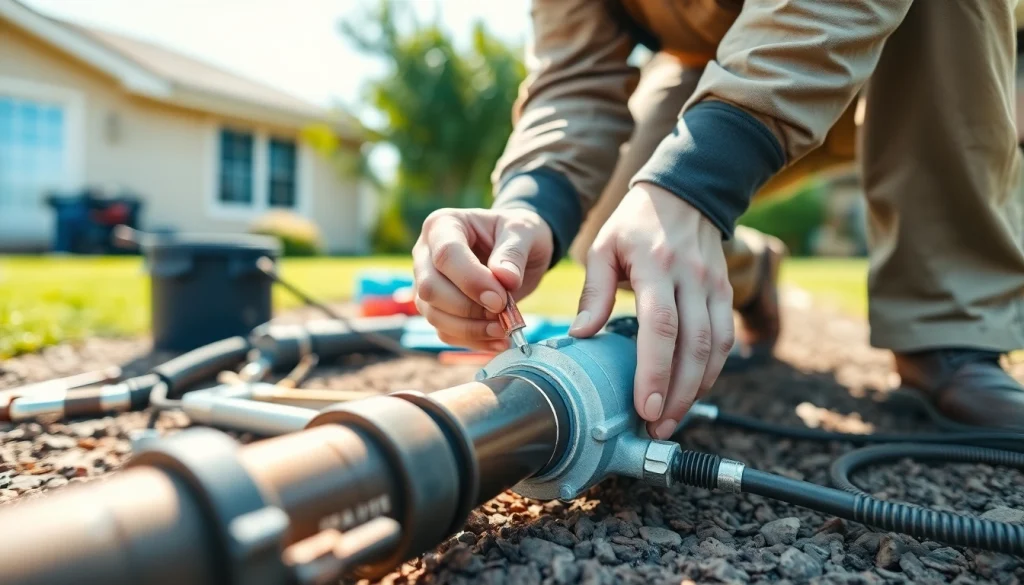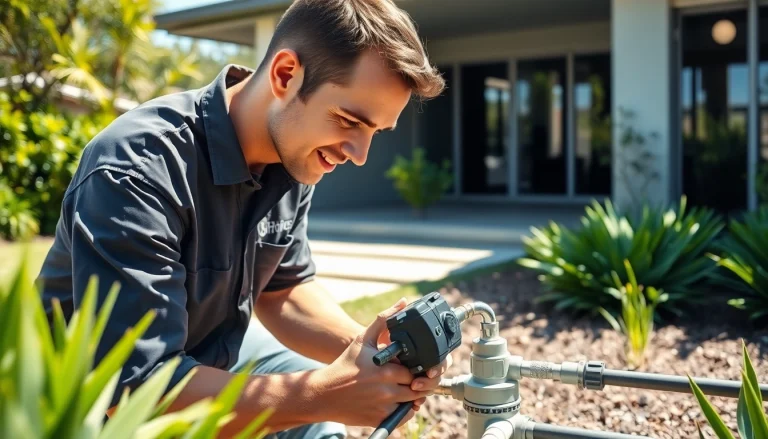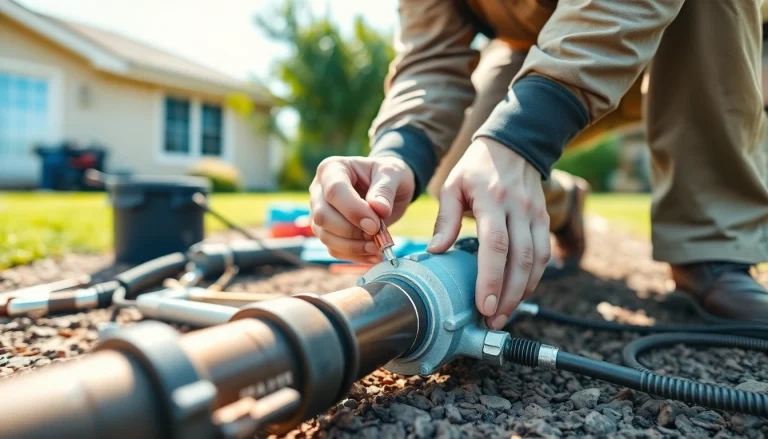
Understanding Termite Reticulation Systems
What Is a Termite Reticulation System?
A termite reticulation system is an innovative solution designed to provide ongoing termite protection for homes. It operates through a network of underground pipes that are strategically installed around a property’s foundation. This system allows for the controlled distribution of liquid chemicals specifically formulated to deter or eliminate termites. Homeowners often turn to this method as a proactive approach to safeguard their investment against the destructive nature of these pests.
Components of the System
Understanding the components of a termite reticulation system is crucial. Generally, it comprises the following elements:
- Distribution Pipes: These pipes are laid underground around the perimeter of the home and are essential for delivering the insecticidal chemicals efficiently.
- Access Points: Access points are strategically placed along the distribution pipes, allowing technicians to refill the system without excavating the pipes extensively.
- Injection Ports: These ports are the access locations through which the liquid chemicals are injected into the pipes during refills.
- Chemical Solutions: Various insecticides are used in refilling, which may differ based on the specific needs of the property and local regulations.
How It Works for Termite Control
The primary function of a termite reticulation system is to create an effective chemical barrier, which actively repels termites from entering the home. When the system is filled with chemicals, these substances permeate the soil surrounding the foundation, deterring termites from foraging for food near the house. The system also allows for a more controlled application of treatment compared to traditional methods, ensuring a consistent level of protection against these pests.
When to Refill Your Termite Reticulation System
Signs That Refills Are Needed
It’s critical for homeowners to recognize when a termite reticulation system requires a refill. Here are some key indicators:
- Reduced Effectiveness: If you notice an increase in termite activity, it may indicate that the chemical concentration has diminished.
- Visual Inspections: If access points or injection ports show signs of soil erosion or disturbance, this may suggest that the treatment within has been depleted.
- Time Since Last Refill: Most systems should be refilled every 3-8 years, depending on numerous factors, including the effectiveness of the chemicals used.
Recommended Timeframes for Refills
Experts recommend that homeowners schedule refills every 3 to 5 years for optimal performance, although the exact timeframe can depend on various factors including the type of chemical used and environmental conditions. For instance, more aggressive chemicals may require less frequent refills. Similarly, if the area is prone to heavy rain or soil disturbance, the chemical might be washed away more quickly, necessitating earlier refills.
Factors Affecting Refill Frequency
Several variables can influence how often a termite reticulation system needs to be refilled:
- Type of Treatment: The chemical composition plays a significant role, as different products have varying lifespans and efficacy rates against termites.
- Soil Conditions: Sandy or highly permeable soils may allow chemicals to dissipate more quickly than denser, clay-based soils.
- Weather Patterns: Regions that experience high rainfall or flooding may require more frequent refills as the chemicals can wash away more rapidly.
How to Manage Refills Effectively
DIY: Can Homeowners Handle Refills?
Some homeowners consider the possibility of refilling their termite reticulation systems themselves. Although certain systems are designed for user-friendly refills, this can still require specialized knowledge and compliance with safety regulations. Incorrect handling can lead to improper chemical application or even safety hazards. Homeowners are usually advised to consult with pest control professionals to ensure an effective and safe refill process.
When to Call a Professional
It is generally recommended to call a professional pest control technician for refills, especially if:
- You are unfamiliar with the type of chemical used or have not previously performed a refill.
- The access points appear damaged or deteriorated, complicating the refill process.
- You observe signs of severe termite infestation, necessitating immediate expert intervention.
Cost Considerations for Regular Maintenance
Cost is always a consideration for homeowners managing termite protection. The price of refills can vary based on several factors, including the size of the property, the location, and the type of chemicals used. Generally, a refill can range from a few hundred to a thousand dollars. Regular maintenance, while seeming expensive upfront, can save homeowners significant costs associated with termite damage in the long run.
Benefits of Regular Refills
Maintaining Home Protection
One of the prime benefits of conducting regular refills is the assurance of continued protection against termite infestations. This not only shields your home from potential damage but also preserves its structural integrity and resale value.
Long-term Cost Savings
While the upfront cost of refills may appear burdensome, committing to regular maintenance can lead to economic benefits over time. Preventative measures often reduce the risk of substantial termite damage, which can be prohibitively expensive to repair once it occurs.
Improved System Efficiency
A well-maintained reticulation system functions more effectively. Regular refills ensure that chemicals remain potent and properly distributed throughout the system, maximizing the level of protection against termites and other potential pest threats.
Future Trends in Termite Management
Innovations in Reticulation Technology
As pest control technology evolves, future trends in termite management are set to include more sophisticated reticulation systems that utilize smart sensors and real-time monitoring. These advancements aim to detect changes in chemical levels and alert homeowners when refills are needed.
Environmental Considerations
With increasing focus on environmental sustainability, future termite management solutions will likely prioritize eco-friendly chemicals and practices. Innovations may also include biodegradable materials for reticulation systems designed to minimize environmental impact.
Monitoring and Adjusting Home Defenses
Home monitoring systems integrating pest control solutions are expected to become more common. These systems can provide homeowners with alerts about potential termite threats and allow for immediate action when needed, including scheduling timely refills. Such advancements represent a proactive approach to pest management, reinforcing the inherent value of technology in safeguarding homes.





